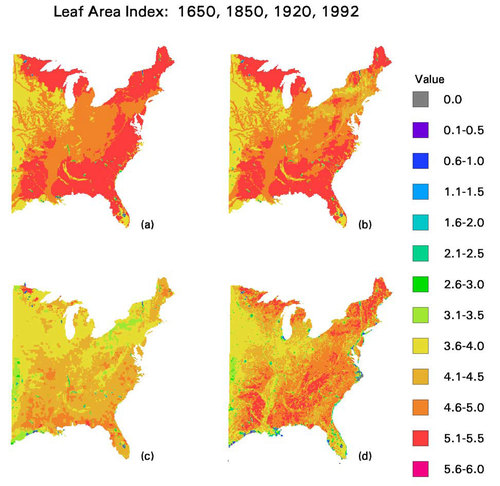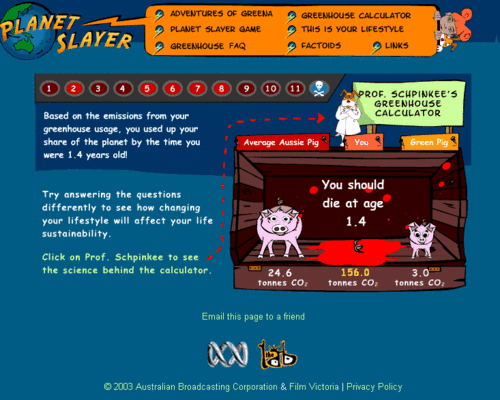ACORN Relief Act
This was sent to me by a reader, something called the "Environmental Justice Small Grants Program." Over the last 20 years, socialists who realized their message wasn't selling anymore remarketed themselves under the green "global warming" banner. Coincidentally, all the exact same things socialists wanted 20 years ago are what we need to do to fight global warming.
It appears that ACORN may be getting a second life using this same strategy. I can't bear to read all this leftish public policy psychobabble in the document, but did note this early on:
The primary purposes of proposed projects should be to develop an understanding of environmental and public health issues and to identify ways to address these issues at the local level, and educate and empower the community. The long-term goals of the EJSG Program are to help build the capacity of the communities with environmental justice concerns and create self-sustaining, community-based partnerships that will continue to improve local environments in the future.
There is a well-established scientific consensus that climate change will cause disproportionate impacts upon vulnerable populations. [1] Thus, the program is adding emphasis this year on addressing the disproportionate impacts of climate change in communities with environmental justice concerns. The goal is to recognize the critical role of grassroots efforts in helping shape climate change strategies to avoid, lessen, or delay the risks and impacts associated with climate change. An overarching goal of including this emphasis is to help increase the number of underrepresented communities and ensure equitable green economic development in ways that build healthy sustainable communities.
This translates to "we have found a way to hand out government money to leftish groups like ACORN to do things that are impossible to measure and thus bear little accountability by calling it all "Green."
By the way, the little footnote to prove the statement above is this:
[1] As stated in the Technical Support Document for the Endangerment and Cause or Contribute Findings for Greenhouse Gases under Section 202(a) of the Clean Air Act (April 2009), "Within settlements experiencing climate change, certain parts of the population may be especially vulnerable; these include the poor, the elderly, those already in poor health, the disabled, those living alone, those with limited rights and power (such as recent immigrants with limited English skills), and/or indigenous populations dependent on one or a few resources. Thus, the potential impacts of climate change raise environmental justice issues."
Given that cap-and-trade is almost certainly going to impose a very large regressive tax disproportionately on the poor, I wonder why no one ever discusses environmental-solution justice issues? Maybe it really has nothing to do with the poor, but just with power.






